While millions flock to the Taj Mahal and Machu Picchu each year, some of humanity’s most remarkable achievements and natural wonders receive just a handful of visitors. These overlooked UNESCO World Heritage Sites offer extraordinary experiences for travelers willing to venture off the beaten path.
Here is a list of 20 UNESCO sites that deserve more recognition from global travelers seeking authentic encounters with history and nature.
Surt
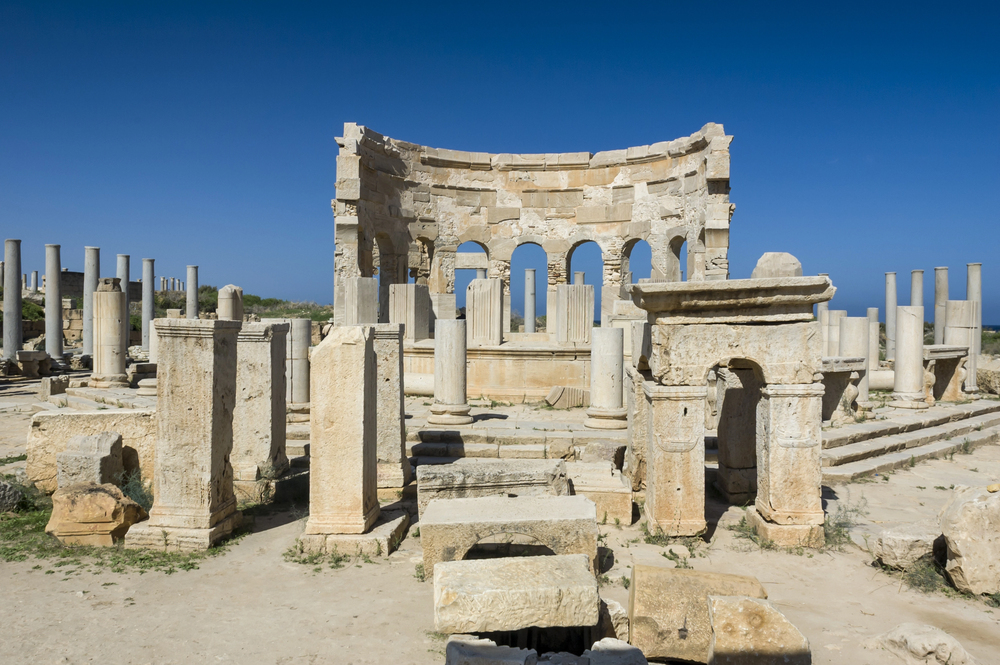
Libya’s ancient Roman city stands as one of the Mediterranean’s most complete classical ruins, yet receives almost no visitors. Massive colonnades and intact city walls stretch for miles along the coast, rivaling the preservation of Pompeii or Ephesus.
Local caretakers maintain detailed records of the site’s architecture, including unique examples of Roman military engineering. The ancient harbor facilities remain partially intact, providing insights into maritime trade routes.
Despite political challenges in the region, the site’s archaeological importance makes it worthy of greater attention.
Sangay National Park
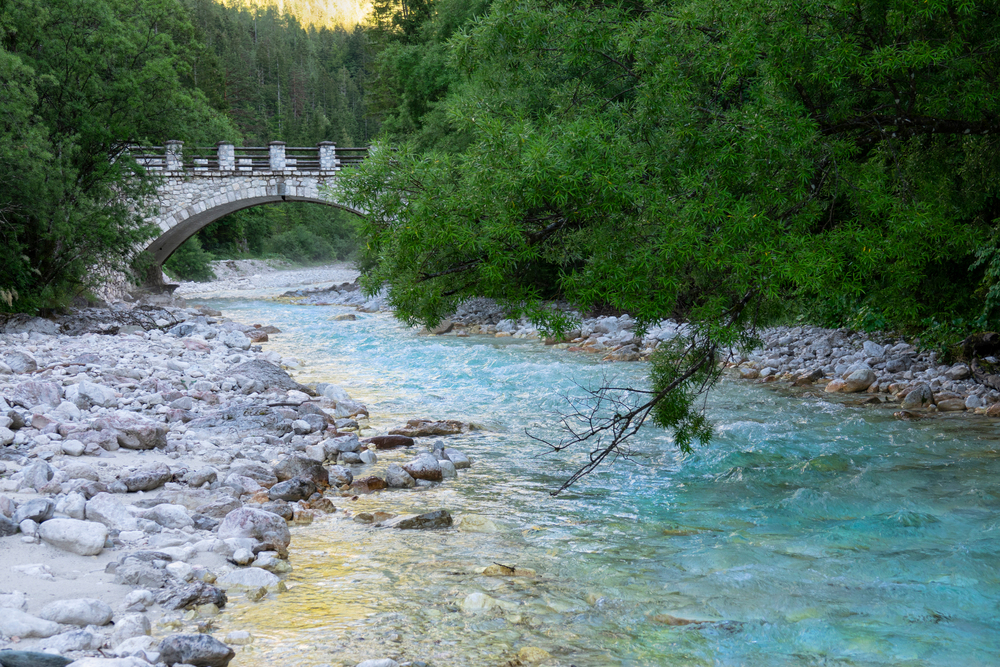
Ecuador’s overlooked natural wonder encompasses active volcanoes, tropical rainforests, and glacial lakes in one pristine ecosystem. The park contains 322 lakes and lagoons, creating a landscape that shifts dramatically from high-altitude páramo to lowland jungle.
Endemic species like the mountain tapir and Andean condor find refuge in the park’s remote valleys and peaks. The site’s extreme isolation has preserved traditional ecological knowledge among local communities.
The park offers unparalleled opportunities to witness active volcanism in a pristine natural setting.
Like Travel Pug’s content? Follow us on MSN.
Fujisan
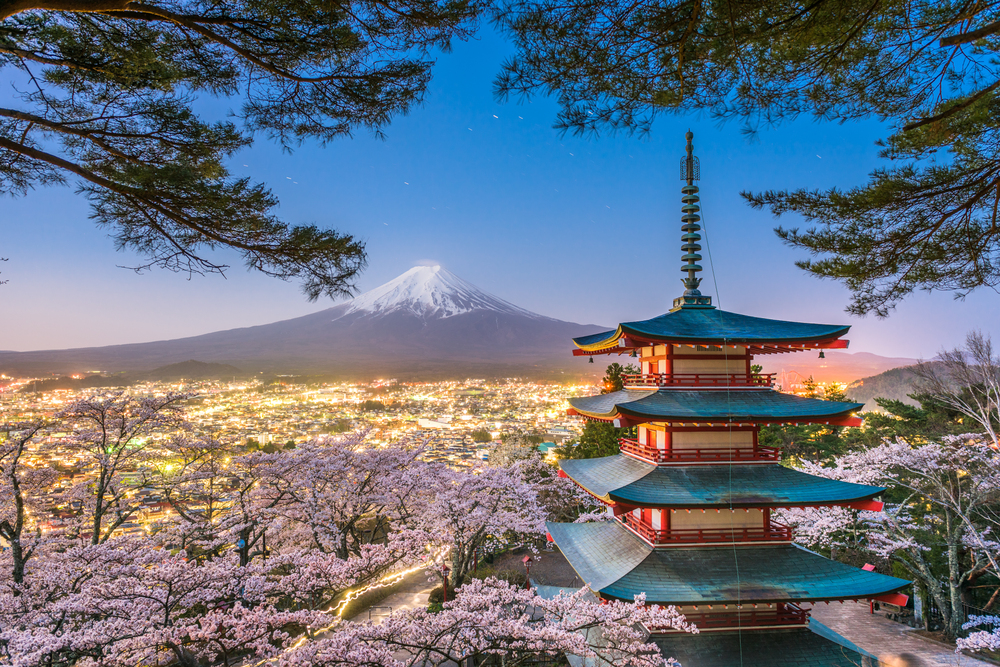
While Japan’s iconic mountain draws crowds to its base, few visitors explore its historical shrines and pilgrimage routes. Ancient pilgrim shelters dot the traditional ascending routes, telling stories of centuries of spiritual journeys.
Local communities maintain sacred forests that have surrounded the mountain’s lower slopes for over 1,000 years. The site encompasses 25 locations that reflect the mountain’s profound cultural significance in Japanese history.
Traditional climbing guides pass down centuries-old knowledge about the mountain’s weather patterns and sacred geography.
Karakorum
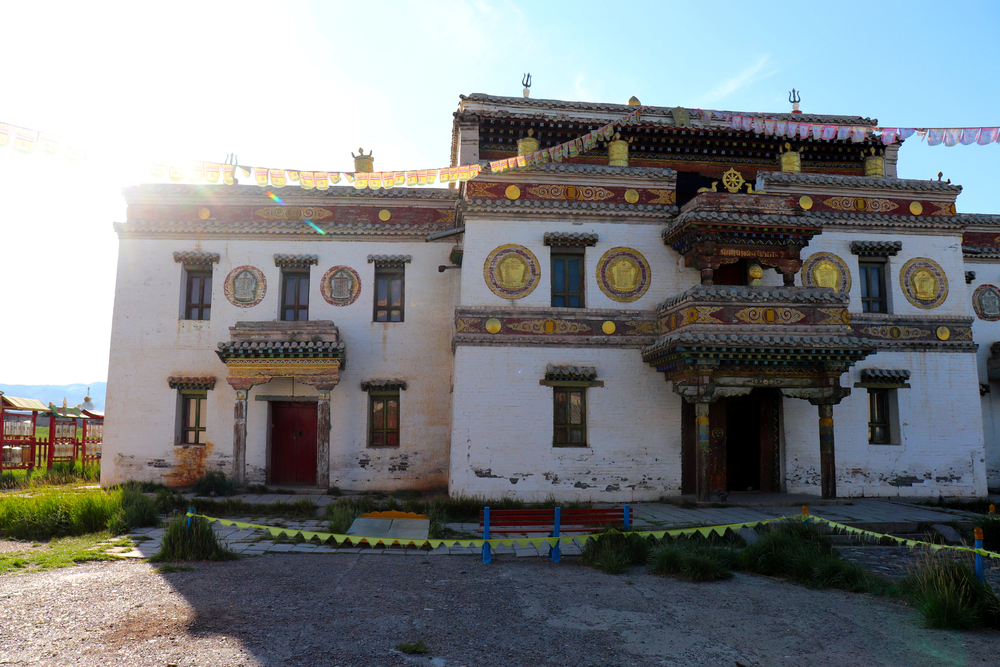
Mongolia’s ancient capital remains largely unexplored despite its significance to world history. Archaeological excavations have revealed sophisticated urban planning that influenced city design across Asia.
The site contains evidence of multiple religious traditions coexisting during the Mongol Empire’s height. Local heritage programs work to preserve traditional knowledge about the city’s construction and layout.
The surrounding grasslands provide context for understanding the empire’s nomadic origins.
Madriu-Perafita-Claror Valley
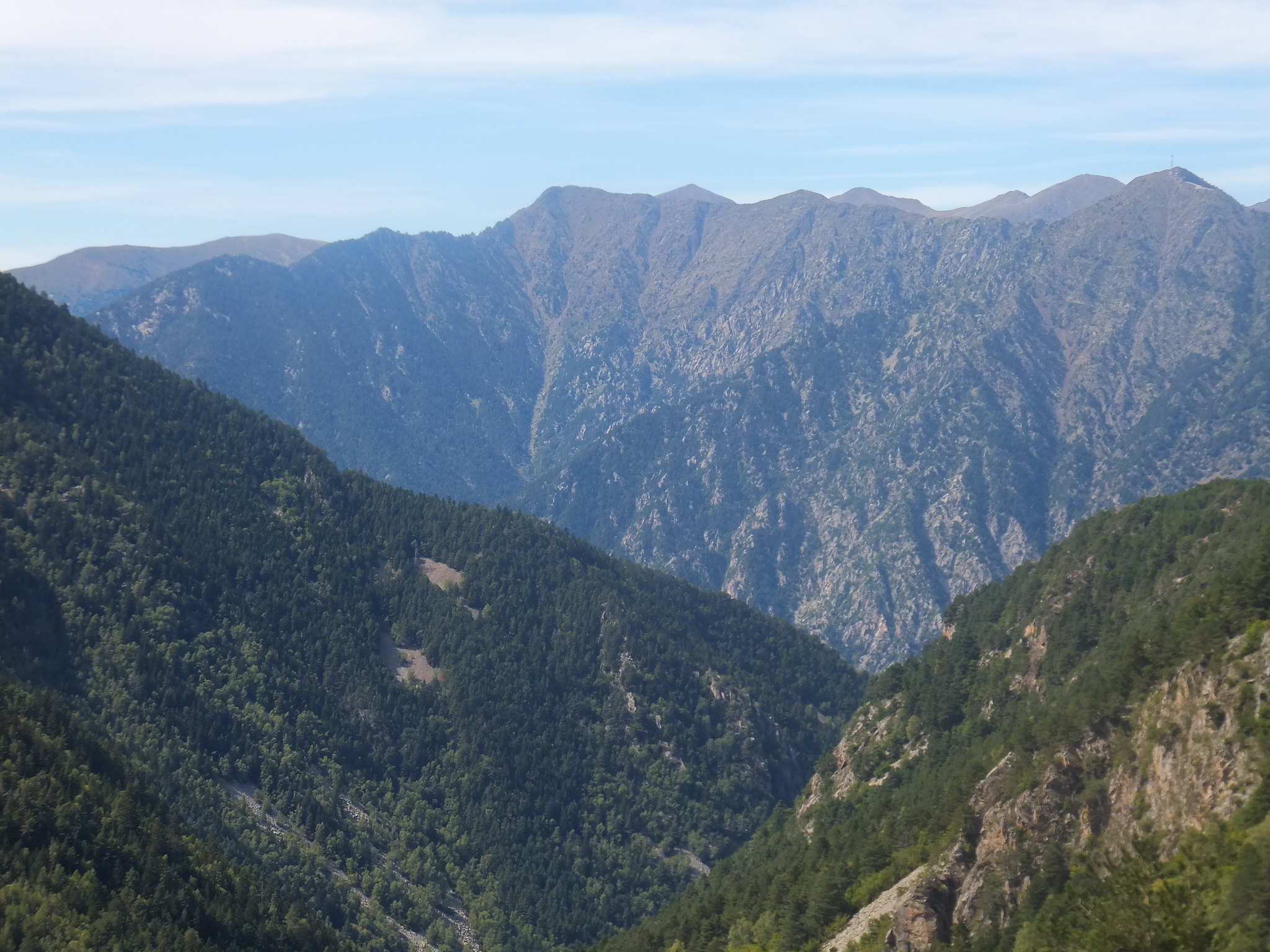
Andorra’s only World Heritage site presents a remarkable example of how mountain people shape their environment. Traditional pastoral practices continue in high mountain meadows, maintaining centuries-old landscape patterns.
The valley contains exceptional examples of cultural landscape elements like dry-stone walls and seasonal shepherds’ huts. Local communities maintain traditional water management systems that date back to medieval times.
The site demonstrates sustainable mountain agriculture that has endured for over 700 years.
Like Travel Pug’s content? Follow us on MSN.
Zvartnots Cathedral
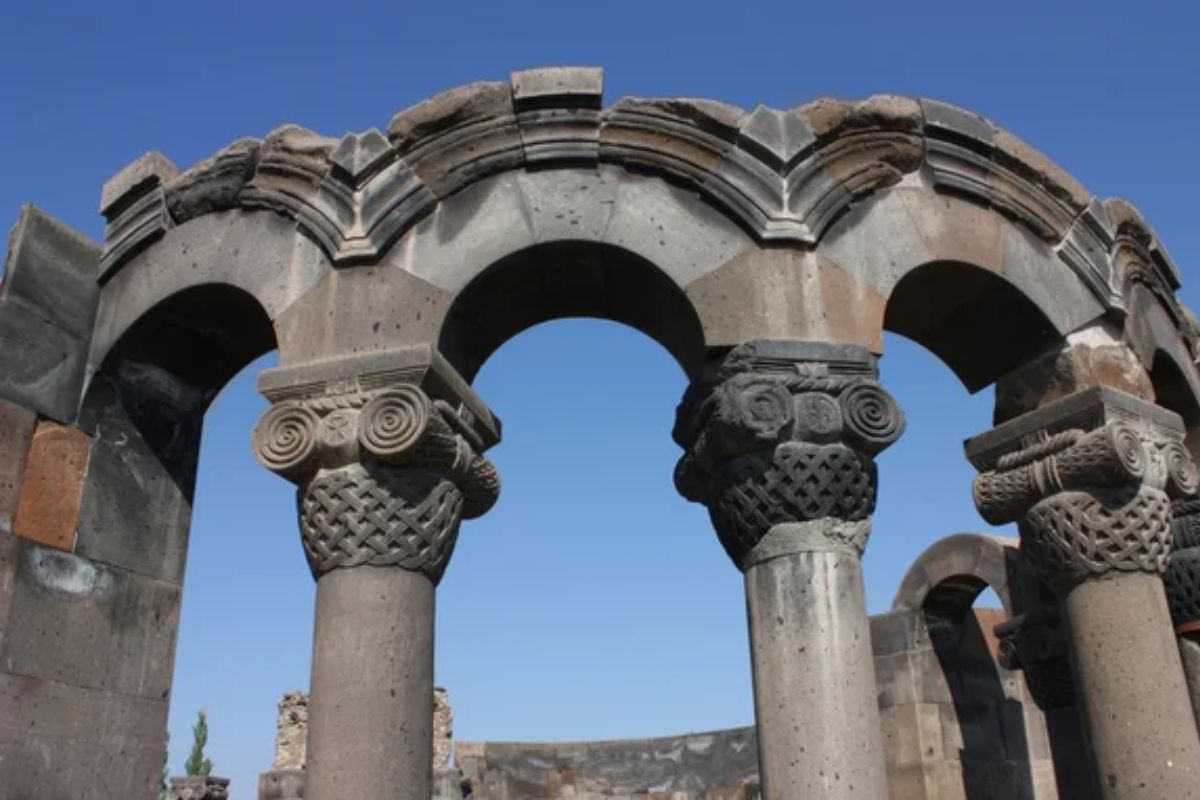
Armenia’s archaeological site showcases unique architectural achievements from the height of the Silk Road era. The ruined cathedral introduced revolutionary architectural concepts that influenced church design across medieval Asia.
Local stonemasons still study the site’s innovative construction techniques. The surrounding archaeological park contains evidence of sophisticated urban planning from the 7th century.
Traditional knowledge about the site’s astronomical alignments continues to provide insights into medieval Armenian science.
Kuk Early Agricultural Site
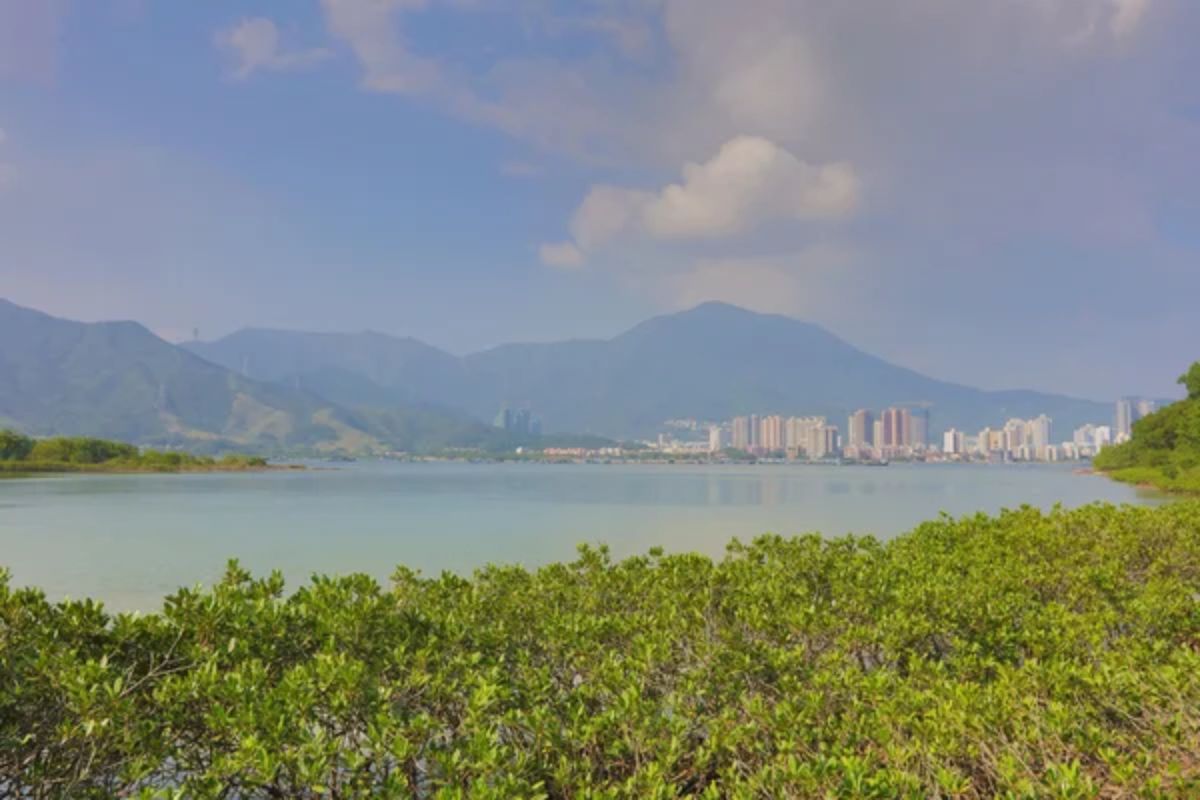
Papua New Guinea’s archaeological wonder provides evidence of agricultural practices dating back 7,000 years. The site contains the earliest evidence of banana cultivation in the world, transforming our understanding of human agricultural development.
Local communities maintain traditional farming practices that mirror those used millennia ago. The surrounding wetlands preserve ancient agricultural systems in remarkable detail. Archaeological research continues to reveal new insights into early human agriculture.
Chief Roi Mata’s Domain
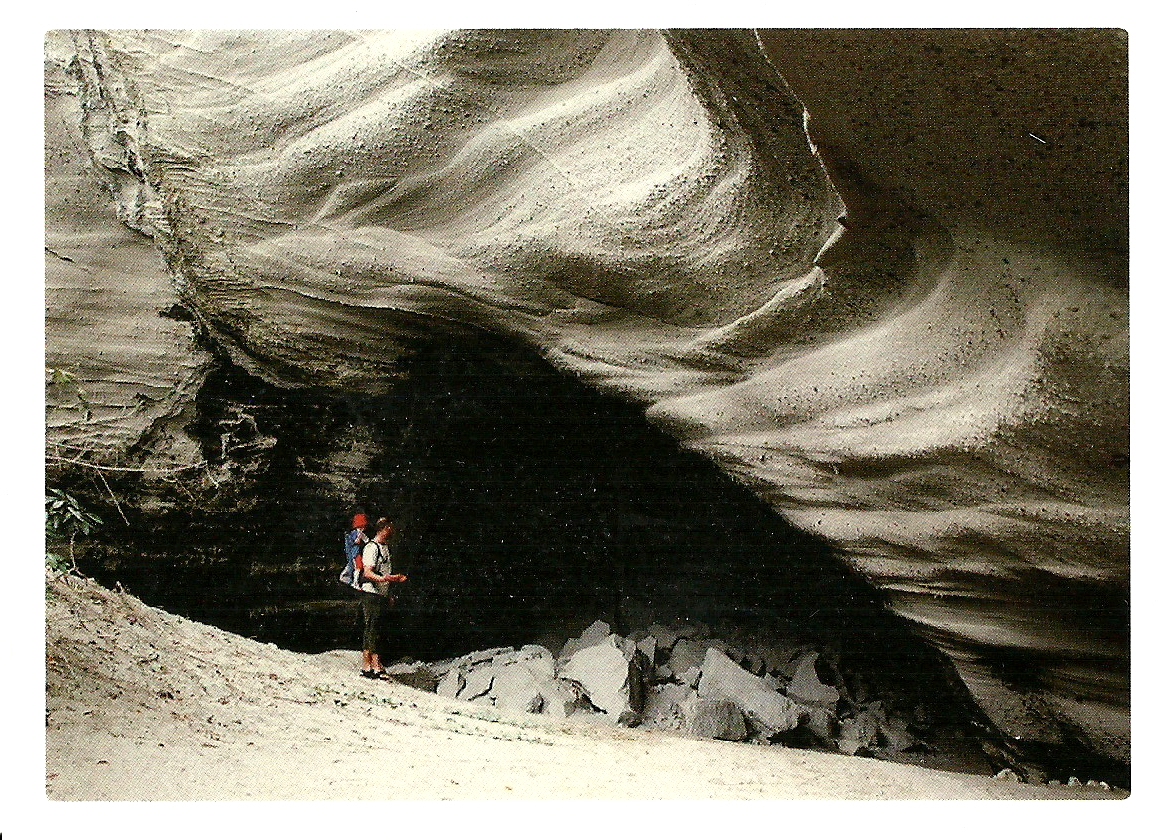
Vanuatu’s cultural landscape tells the story of a traditional chief’s influence across multiple islands. The site encompasses three locations connected by oral traditions that continue to influence local culture.
Traditional custodians maintain sacred places associated with Chief Roi Mata’s life and death. The underwater portions of the site contain well-preserved evidence of traditional Pacific Islander burial practices. Local communities continue to pass down stories about the site’s significance to younger generations.
Like Travel Pug’s content? Follow us on MSN.
Rock Islands Southern Lagoon
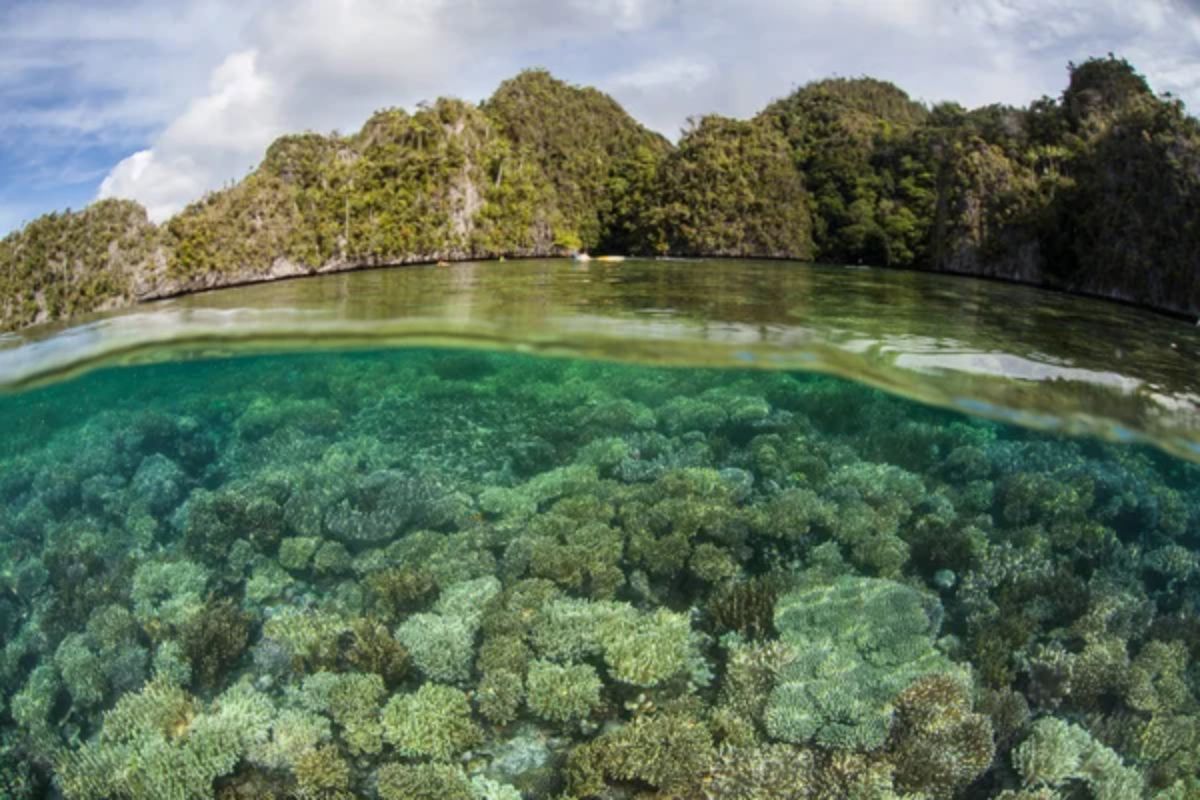
Palau’s marine wonderland combines natural beauty with archaeological evidence of ancient Pacific settlements. The limestone islands contain evidence of human occupation dating back 3,000 years.
Traditional fishing practices continue in the lagoon, maintaining ancient knowledge about marine resources. The site encompasses 445 uninhabited limestone islands, each with unique marine ecosystems. Local communities maintain traditional navigation knowledge related to the complex reef systems.
Ancient Merv
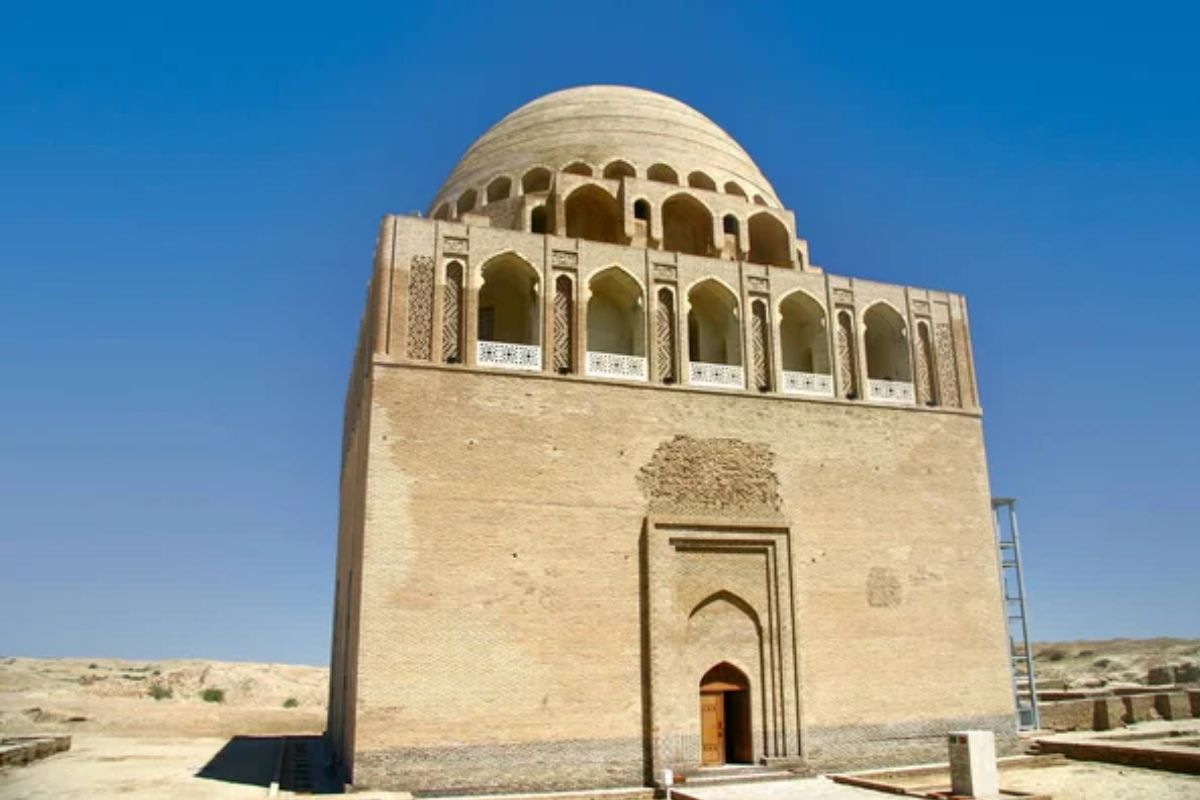
Turkmenistan’s archaeological park contains the remains of five ancient cities built successively over 2,000 years. The site demonstrates the evolution of urban planning from the Bronze Age through the Islamic period.
Local archaeological programs continue to uncover new insights about Central Asian urban development. The surviving walls and structures show sophisticated engineering techniques that influenced architecture across Asia.
Traditional knowledge about ancient water management systems provides insights into sustainable desert agriculture.
Lake Turkana National Parks
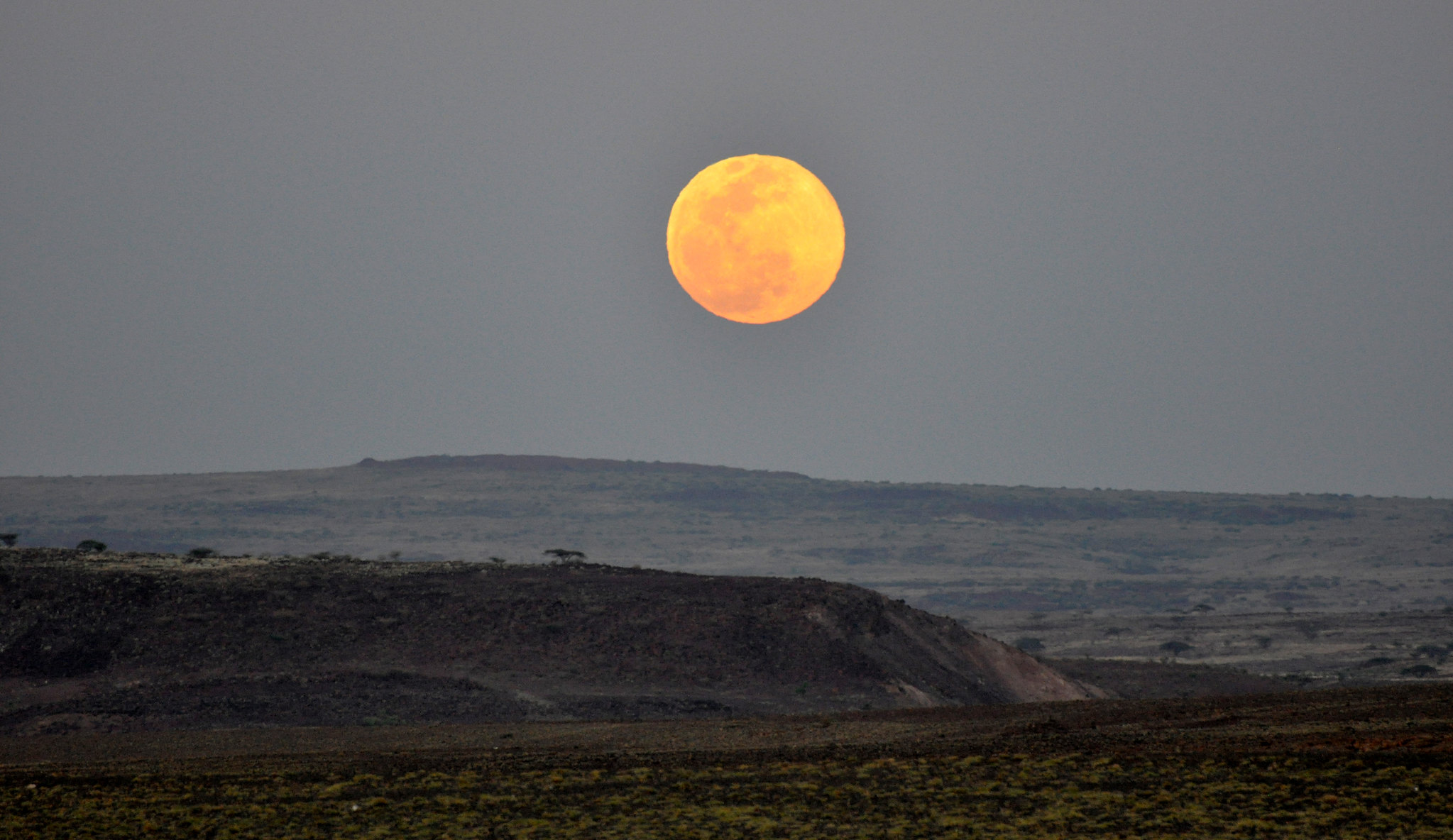
Kenya’s overlooked natural wonder provides crucial evidence about human evolution and modern wildlife conservation. The parks contain the world’s largest desert lake, supporting unique ecosystems adapted to extreme conditions.
Local communities maintain traditional knowledge about the lake’s ecological patterns. The site provides a crucial habitat for Nile crocodiles and dozens of fish species found nowhere else.
Archaeological research continues to uncover new evidence about human origins.
Like Travel Pug’s content? Follow us on MSN.
Nan Madol
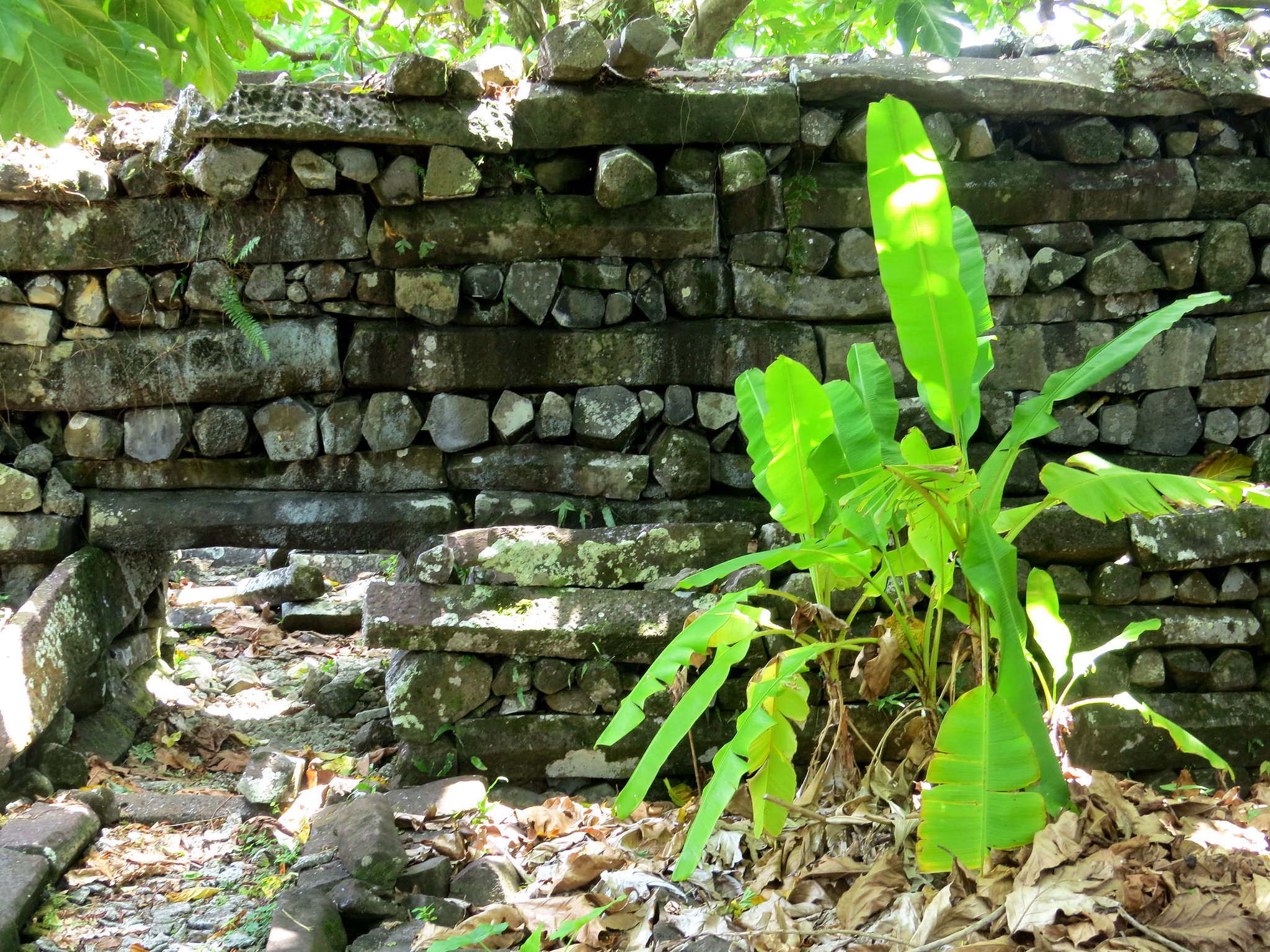
Micronesia’s ancient city stands as the Venice of the Pacific, built on artificial islands using massive basalt logs. The site demonstrates sophisticated engineering achievement in creating a ceremonial center from coral and basalt.
Local oral traditions maintain knowledge about the city’s construction and religious significance. The surrounding marine environment preserves evidence of traditional Pacific Islander resource management.
Archaeological research continues to reveal new insights about Micronesian architectural achievements.
Wadi Al-Hitan
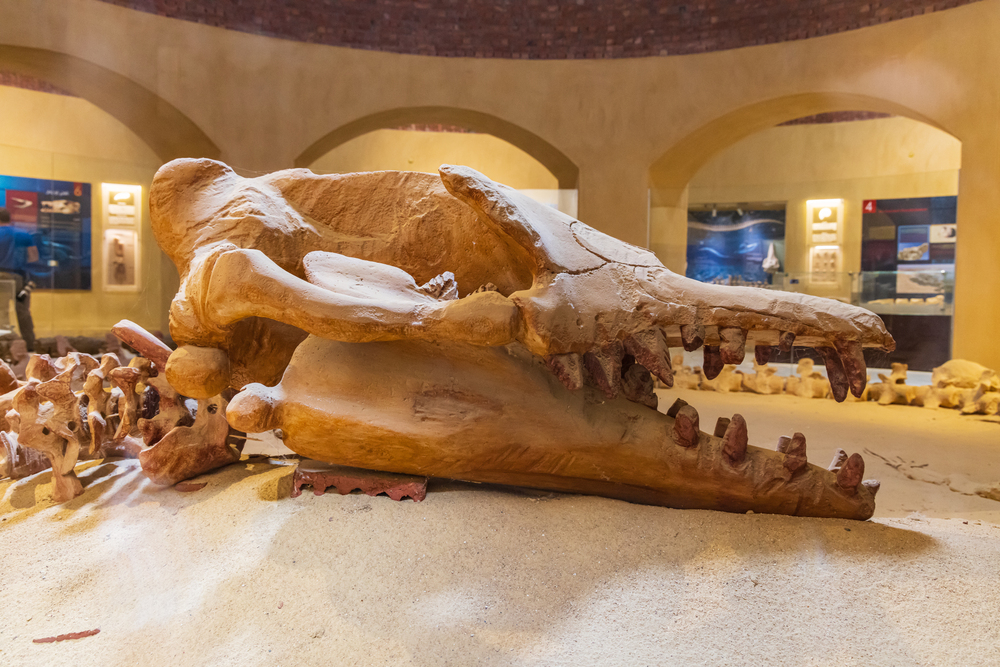
Egypt’s Valley of the Whales preserves crucial evidence about whale evolution in an unlikely desert setting. The site contains hundreds of fossilized whale skeletons that document the evolution of whales from land mammals.
Local guides maintain detailed knowledge about the site’s geological and paleontological significance. The surrounding desert landscape preserves the fossils in exceptional detail.
Research continues to reveal new insights about marine mammal evolution.
Vredefort Dome
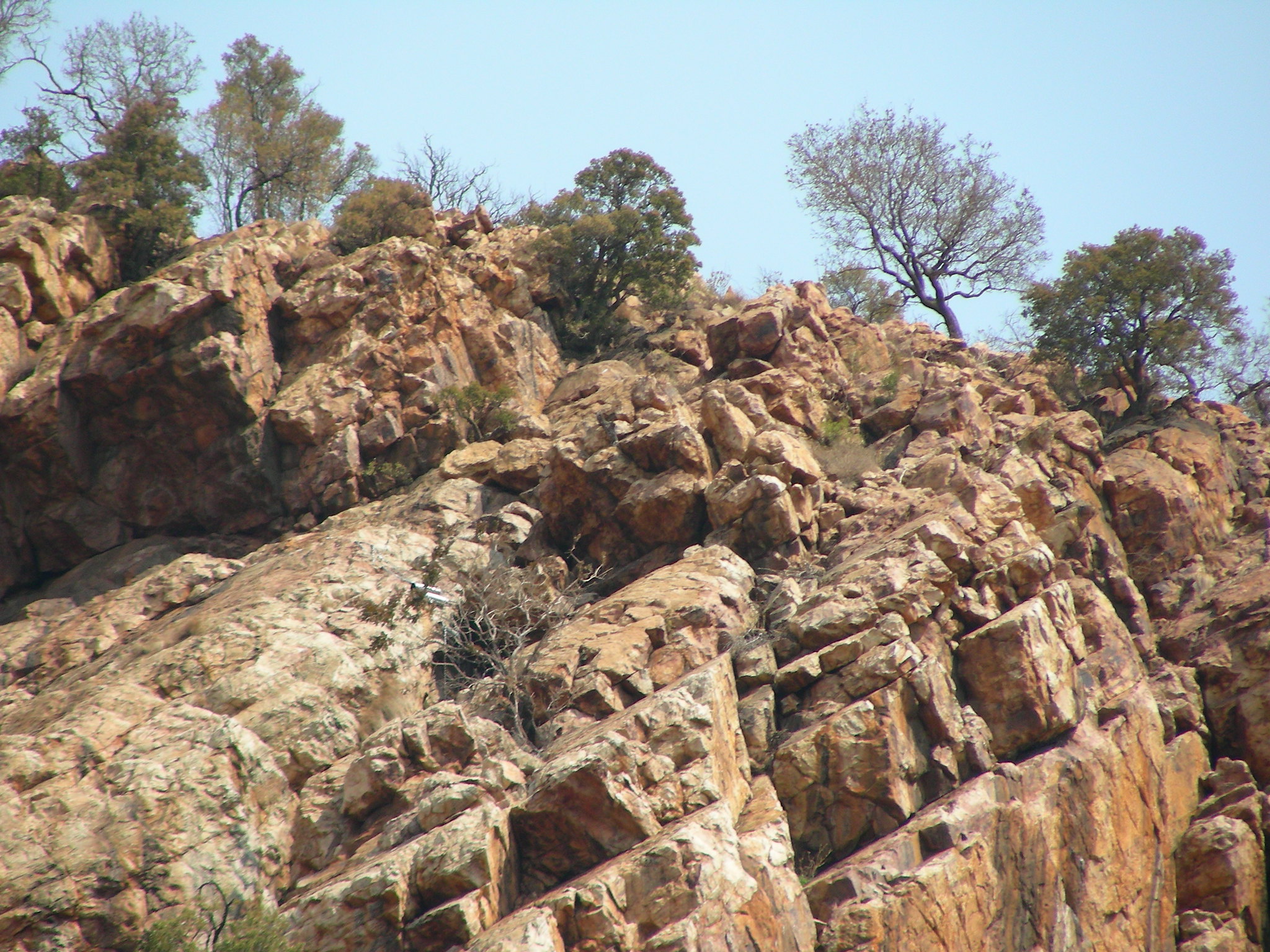
South Africa’s ancient meteor impact site provides evidence of one of Earth’s most catastrophic events. The site contains geological features created by the largest verified impact crater on Earth.
Local programs work to preserve traditional knowledge about the unique landscape features. The impact site’s influence on local geology continues to provide new insights about planetary science.
Research reveals how the impact shaped South Africa’s gold deposits.
Like Travel Pug’s content? Follow us on MSN.
Göbekli Tepe
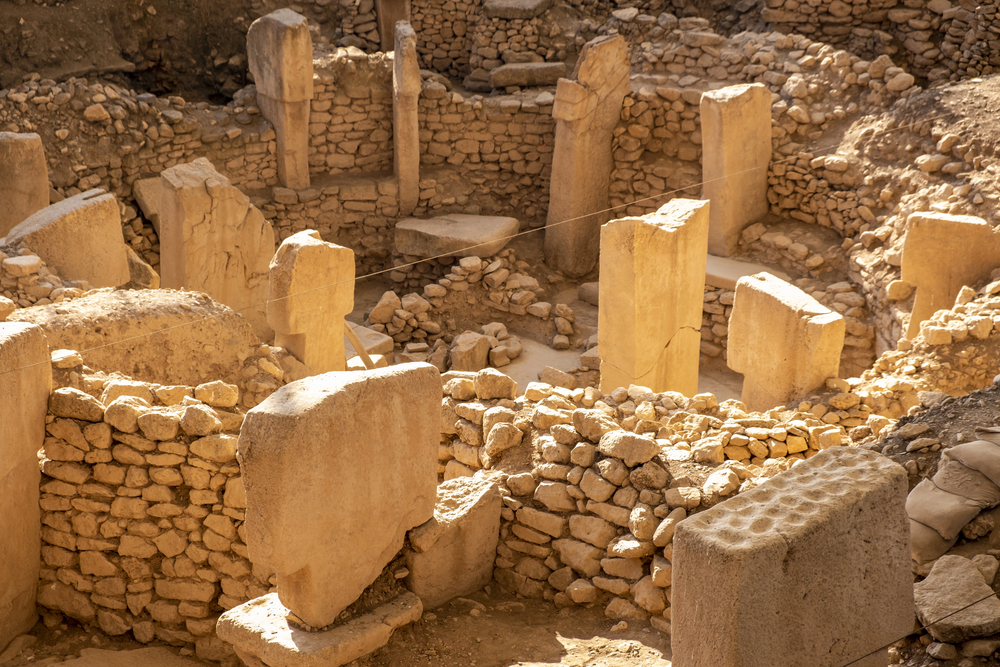
Turkey’s revolutionary archaeological site has transformed our understanding of human civilization. The site contains the world’s oldest known temple complex, predating pottery, metallurgy, and agriculture.
Local archaeological programs continue to uncover new insights about early human religious practices. The sophisticated stone carvings demonstrate unexpected artistic achievements from hunter-gatherer societies.
Traditional knowledge about local stone working techniques provides insights into ancient construction methods.
Sansa Buddhist Monasteries
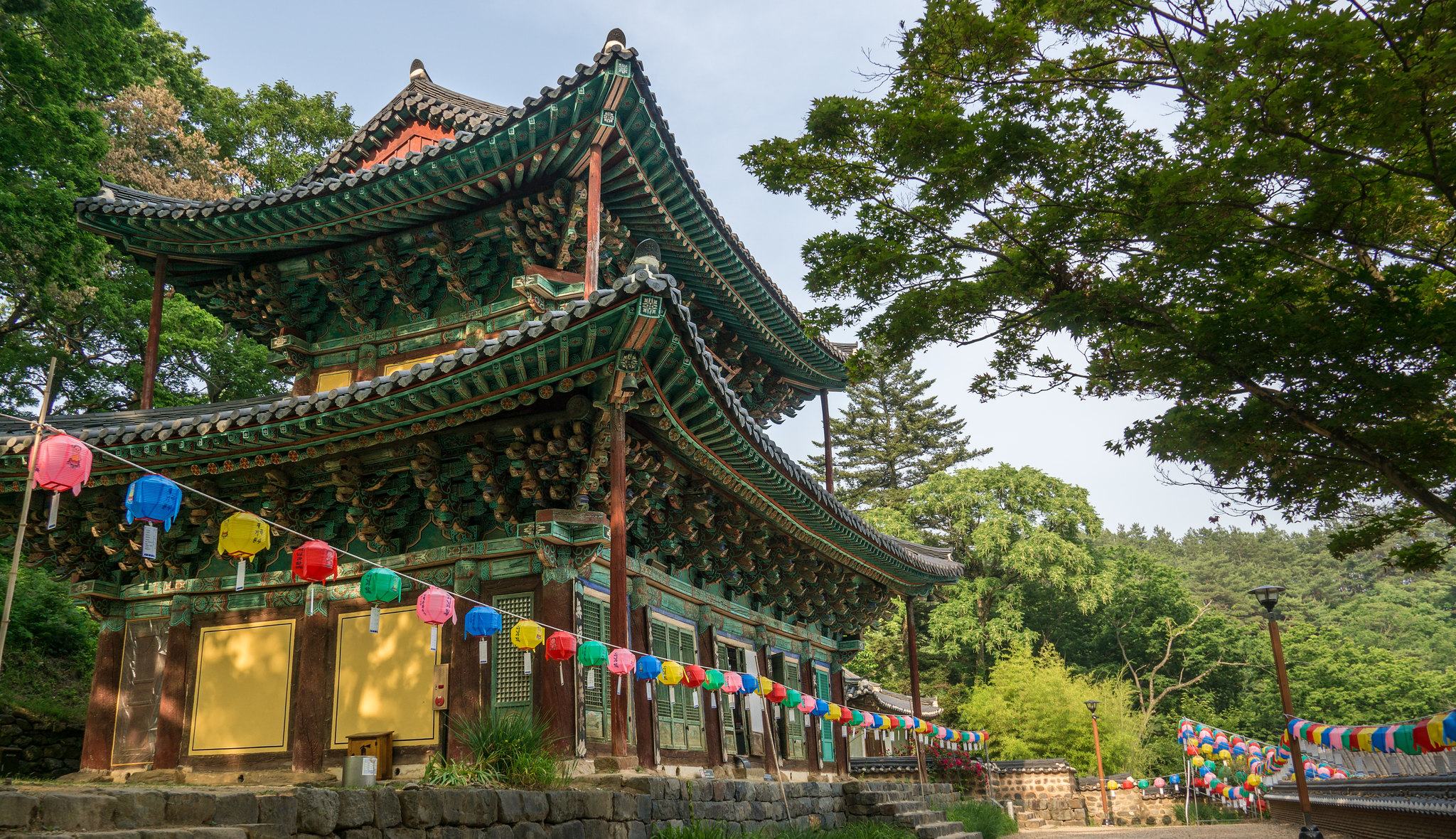
South Korea’s mountain monasteries maintain ancient traditions of Korean Buddhism. The seven temples demonstrate the adaptation of Buddhism to Korean mountain environments.
Local monks continue centuries-old practices of temple maintenance and religious observance. The sites preserve traditional Korean architectural techniques in their original mountain settings.
Traditional knowledge about temple construction and sacred geography continues to influence Korean Buddhism.
Cidade Velha

Cape Verde’s historic city represents the first European colonial outpost in the tropics. The site contains exceptional examples of early Portuguese colonial architecture adapted to African conditions.
Local communities maintain traditional knowledge about the city’s role in early Atlantic trade. The surrounding agricultural landscape preserves evidence of early tropical plantation systems.
Archaeological research continues to reveal new insights about African-European cultural exchange.
Like Travel Pug’s content? Follow us on MSN.
Thimlich Ohinga
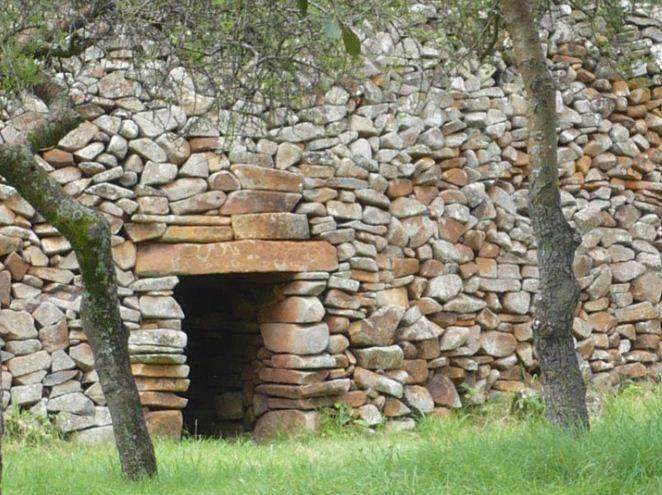
Kenya’s archaeological site showcases sophisticated African architectural achievements before European contact. The site contains massive stone enclosures built without mortar that have endured for centuries.
Local communities maintain traditional knowledge about the site’s construction techniques. The surrounding landscape preserves evidence of traditional East African settlement patterns.
Archaeological research continues to reveal new insights about pre-colonial African architecture.
Koutammakou
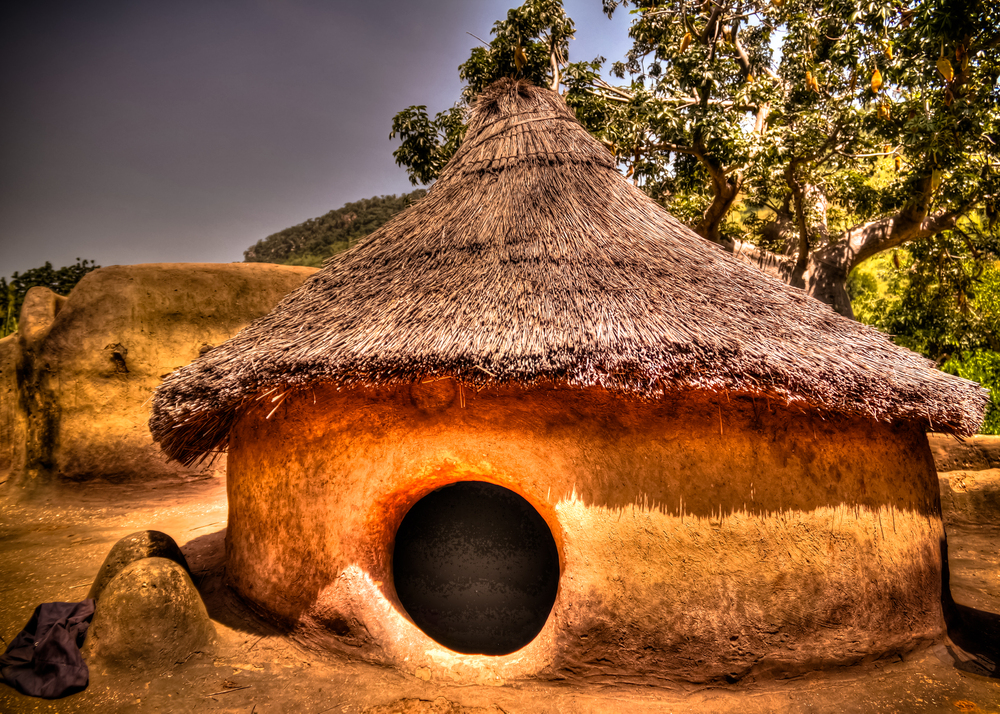
Togo’s cultural landscape demonstrates the harmony between human settlement and the natural environment. The site contains traditional Batammariba architecture that has influenced building design across West Africa.
Local communities continue to construct and maintain buildings using ancient techniques. The surrounding landscape preserves traditional agricultural and social practices.
Traditional knowledge about construction and social organization continues to influence local culture.
Donana National Park
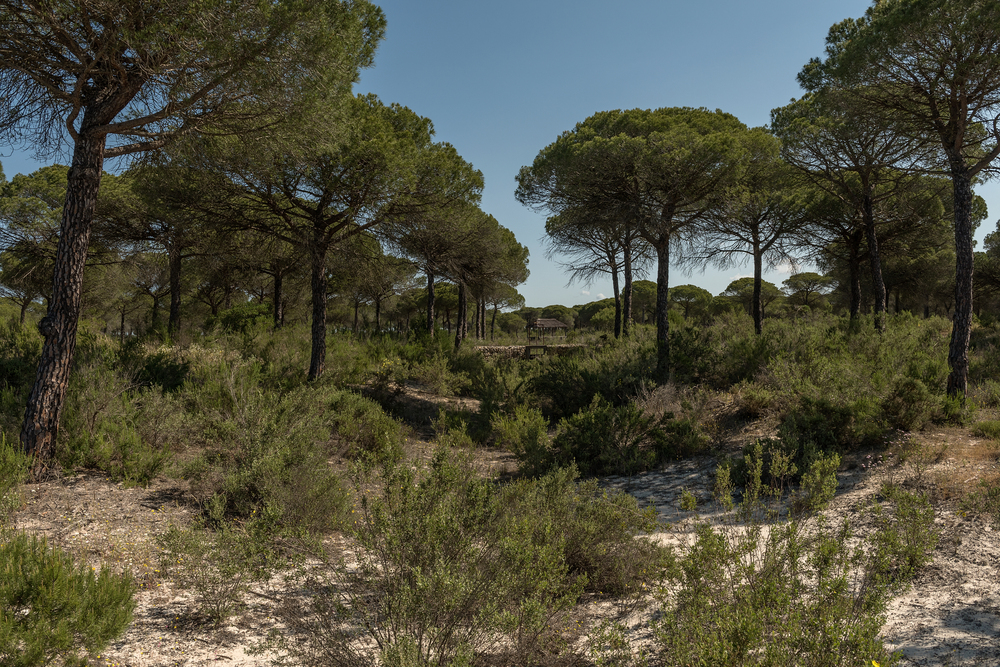
Spain’s overlooked natural wonder provides a crucial habitat for European and African migratory birds. The park contains unique ecosystems where Mediterranean and Atlantic environments meet.
Local communities maintain traditional knowledge about sustainable resource management in the wetlands. The site provides critical stopping points for millions of migratory birds each year.
Research continues to reveal new insights about bird migration patterns and wetland ecology.
Like Travel Pug’s content? Follow us on MSN.
Hidden Wonders
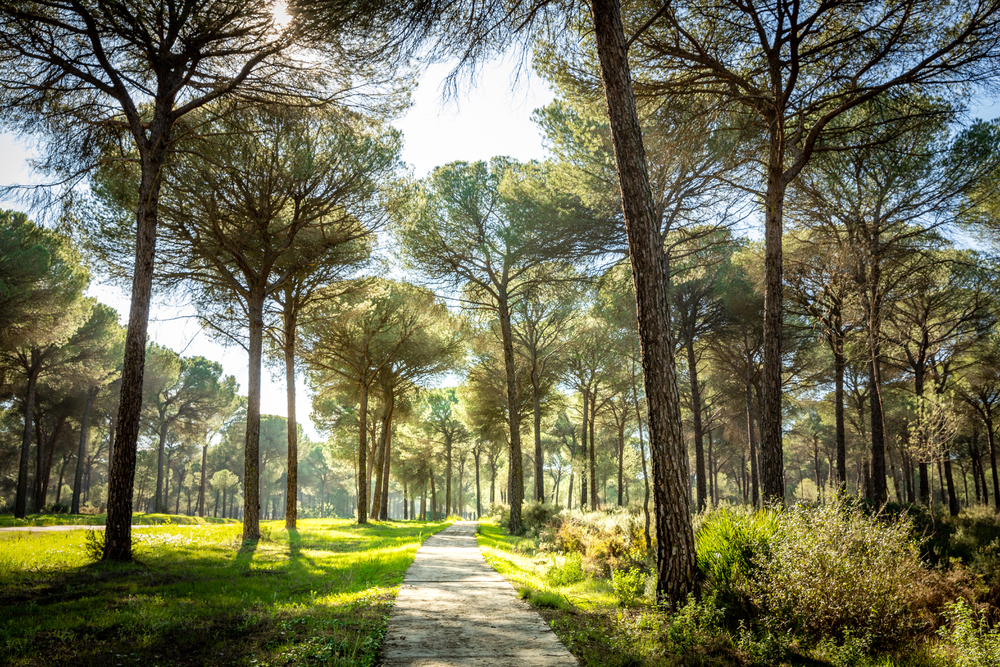
These lesser-known UNESCO sites demonstrate the extraordinary depth and diversity of human achievement and natural wonder. Their relative obscurity often means more authentic experiences for visitors willing to venture beyond famous destinations.
These sites provide crucial insights into human history and natural processes that deserve wider recognition. Their preservation ensures future generations can continue to learn from humanity’s greatest achievements and nature’s most remarkable places.
More from Travel Pug

- 20 Towns Built for One Purpose That Were Later Abandoned
- 15 Hidden Spots in Disney World’s Magic Kingdom Most Visitors Miss
- 15 Most Scenic Walks Anywhere in The World
- 15 Canyons in the U.S. That Are Just as Stunning as the Grand Canyon
- 10 Under-the-Radar Mountain Towns That Are Both Affordable and Beautiful
Like Travel Pug’s content? Follow us on MSN.
